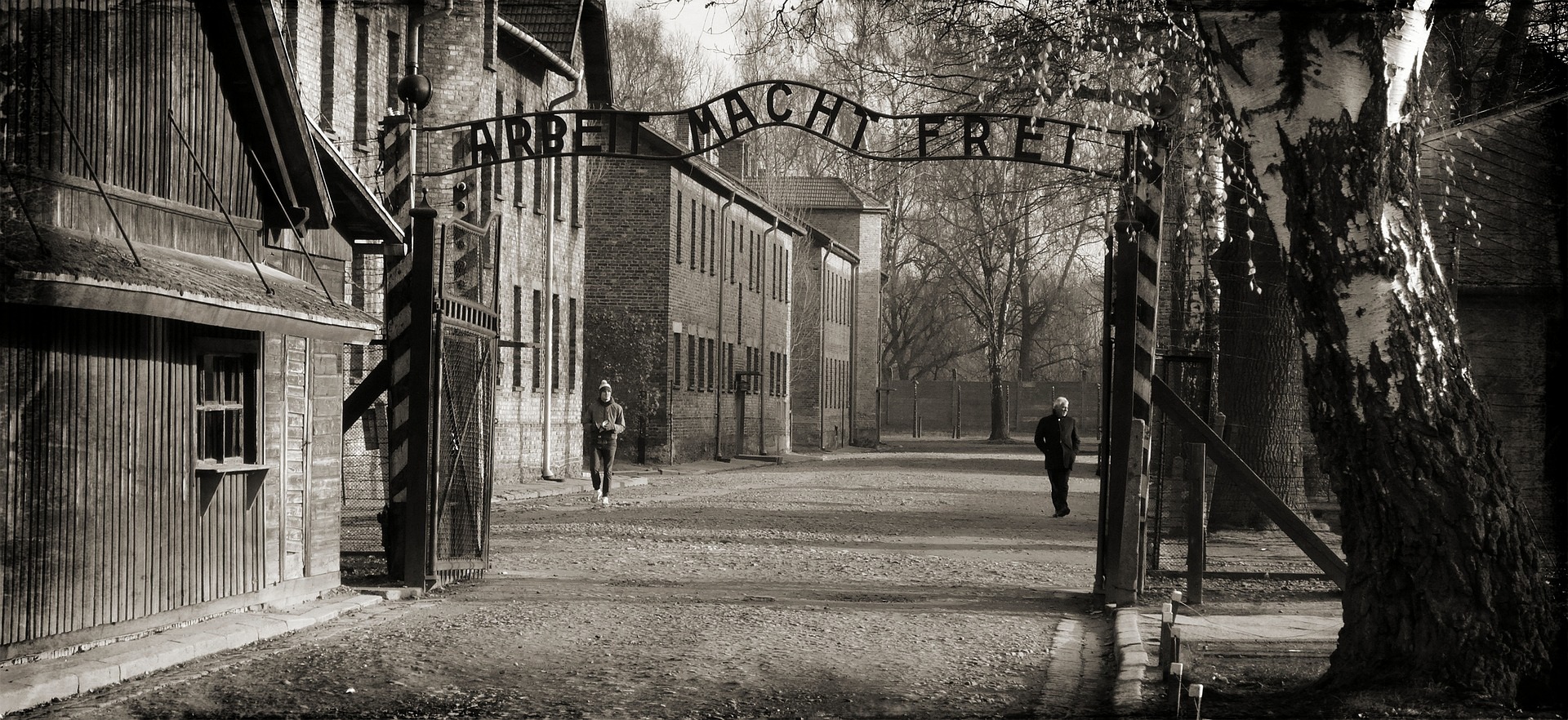
Featured Item

Surviving the Holocaust, but not the memories
The Survivor, which debuted at South African cinemas last Friday, 4 November, portrays the barbarism and inhumanity of the Nazis towards Jews during the Holocaust. It’s realistic and nail-biting, yet sad and cruel.
The Nazis forced Jewish boxer Harry Haft to box against hapless, emaciated Jews in the concentration camps. The captors saw these gladiatorial-like boxing bouts as entertainment.
This history takes its toll on Haft long after the war.
The film isn’t solely about war or love, it’s about lasting memories, how they affect us, and how we cope with them and try to move on from them.
Academy Award-winning filmmaker Barry Levinson directed the film. Levinson himself is of Russian-Jewish descent. The production team visited Auschwitz before filming began. The Hollywood Critics Association Awards named it Best Broadcast Network or Cable Live-Action Television Movie for 2022.
The story shifts between Haft’s life in New York in 1949 and his World War II recollections, shown in black and white. The colours in the film become noticeably brighter and warmer during the story’s conclusion in Florida in the 1960s.
Ben Foster, the American actor who stars as Haft, lost 28kg to match Haft’s recorded weight in the camps. Foster gives a brutally raw and emotional depiction of surviving Auschwitz, what it could do to a person, and the trouble faced by those with survivor’s guilt.
In documenting Haft’s life over three decades and two continents, the film helps viewers understand and sympathise with those confronted with difficult choices in order to survive.
It shows what wretched situations can push a person to do, how a traumatic past can affect your relationships with your family, and why survivors often keep silent about their distressing experiences. Even in post-war America, people tried to hide their Jewish identity, for example, boxing trainer Charley Goldman, played by Danny DeVito, asks Haft not to tell anyone that his real name is Israel.
The film shows that hope can be found amidst all this, from the belief that you’ll see your true love again to living with a new-found peace.
The cinematography and camera work often focus on the characters’ faces, enabling the audience to perceive their feelings.
With antisemitism so prevalent, the film serves as a timely reminder of the atrocities at Auschwitz.
Levinson wrote in the August edition of Hollywood Reporter magazine, “The cry, ‘Never again!’ was meant specifically to coalesce us as a society around the common cause of not letting genocide return. In watching the film I made, I’m often reminded how as a society, we’re failing at that. The effects of racism and fascism which lead to war should be intolerable to us, always.”
Foster told the same publication that to make the film “feel credible”, he listened to the testimonies of survivors. “We surrounded ourselves with people who knew much more than we knew. We spent a great deal of time working with the Shoah Foundation. It opened up its libraries, and answered as many questions as we had.”
DeVito told TheWrap, “You see a lot of Holocaust movies. Rightly so, we should keep the education up so people understand what we have been through as human beings. [The Survivor] is a unique story.”










